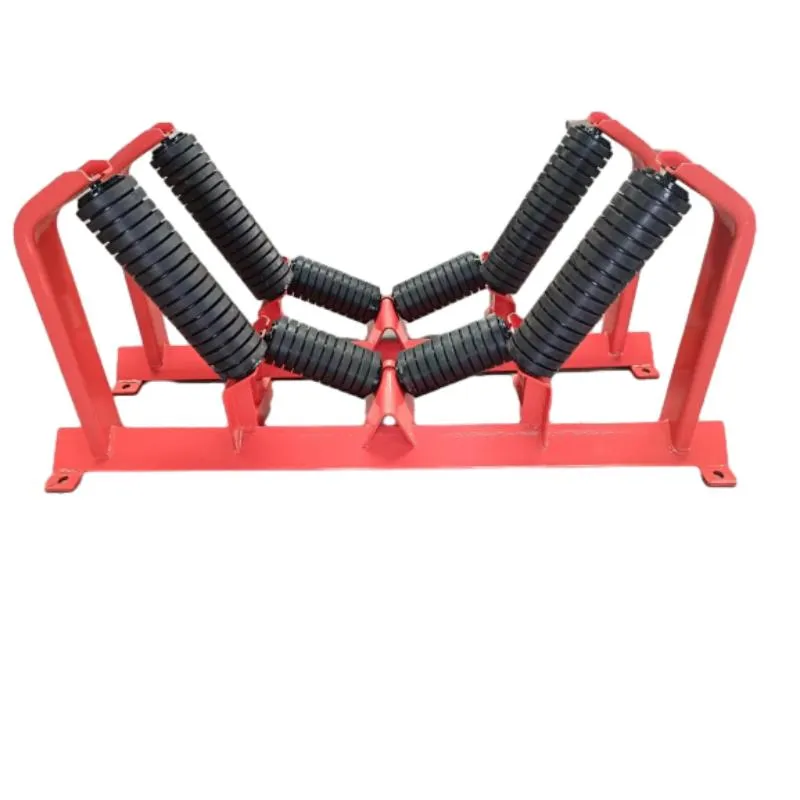 Afrikaans
Afrikaans  Albanian
Albanian  Amharic
Amharic  Arabic
Arabic  Armenian
Armenian  Azerbaijani
Azerbaijani  Basque
Basque  Belarusian
Belarusian  Bengali
Bengali  Bosnian
Bosnian  Bulgarian
Bulgarian  Catalan
Catalan  Cebuano
Cebuano  Corsican
Corsican  Croatian
Croatian  Czech
Czech  Danish
Danish  Dutch
Dutch  English
English  Esperanto
Esperanto  Estonian
Estonian  Finnish
Finnish  French
French  Frisian
Frisian  Galician
Galician  Georgian
Georgian  German
German  Greek
Greek  Gujarati
Gujarati  Haitian Creole
Haitian Creole  hausa
hausa  hawaiian
hawaiian  Hebrew
Hebrew  Hindi
Hindi  Miao
Miao  Hungarian
Hungarian  Icelandic
Icelandic  igbo
igbo  Indonesian
Indonesian  irish
irish  Italian
Italian  Japanese
Japanese  Javanese
Javanese  Kannada
Kannada  kazakh
kazakh  Khmer
Khmer  Rwandese
Rwandese  Korean
Korean  Kurdish
Kurdish  Kyrgyz
Kyrgyz  Lao
Lao  Latin
Latin  Latvian
Latvian  Lithuanian
Lithuanian  Luxembourgish
Luxembourgish  Macedonian
Macedonian  Malgashi
Malgashi  Malay
Malay  Malayalam
Malayalam  Maltese
Maltese  Maori
Maori  Marathi
Marathi  Mongolian
Mongolian  Myanmar
Myanmar  Nepali
Nepali  Norwegian
Norwegian  Norwegian
Norwegian  Occitan
Occitan  Pashto
Pashto  Persian
Persian  Polish
Polish  Portuguese
Portuguese  Punjabi
Punjabi  Romanian
Romanian  Russian
Russian  Samoan
Samoan  Scottish Gaelic
Scottish Gaelic  Serbian
Serbian  Sesotho
Sesotho  Shona
Shona  Sindhi
Sindhi  Sinhala
Sinhala  Slovak
Slovak  Slovenian
Slovenian  Somali
Somali  Spanish
Spanish  Sundanese
Sundanese  Swahili
Swahili  Swedish
Swedish  Tagalog
Tagalog  Tajik
Tajik  Tamil
Tamil  Tatar
Tatar  Telugu
Telugu  Thai
Thai  Turkish
Turkish  Turkmen
Turkmen  Ukrainian
Ukrainian  Urdu
Urdu  Uighur
Uighur  Uzbek
Uzbek  Vietnamese
Vietnamese  Welsh
Welsh  Bantu
Bantu  Yiddish
Yiddish  Yoruba
Yoruba  Zulu
Zulu Understanding the Importance of Conveyor Troughing Idlers in Material Handling Systems
Understanding Conveyor Troughing Idlers An Essential Component of Material Handling Systems
Conveyor systems play a pivotal role in various industries, enabling the efficient transport of materials over both short and long distances. One of the critical components of these systems is the troughing idler. This article delves into the function, design, and importance of conveyor troughing idlers in material handling systems.
What are Conveyor Troughing Idlers?
Conveyor troughing idlers are a type of roller assembly used in belt conveyor systems. Their primary role is to support the conveyor belt and maintain its shape while allowing it to move freely over the pulley system. The term troughing refers to the design of the idler rollers, which are typically arranged in a V shape, creating a trough-like effect. This design helps in confining the material being transported, preventing spillage and maintaining effective load control.
Types of Troughing Idlers
There are several designs of troughing idlers, each tailored to specific applications and material types. The most common configurations include
1. Standard Troughing Idlers Usually designed at an angle of 20, 30, or 45 degrees, these idlers are suitable for general-purpose material handling. 2. Garland Idlers These consist of multiple idler sets aligned in a row, providing support for curved or high-capacity conveyors.
3. Impact Idlers Placed in critical areas where the material load is heaviest upon entering the conveyor, these idlers help absorb shock and reduce damage to the belt.
4. Return Idlers Positioned on the return path of the conveyor belt, these idlers support the belt as it returns empty, ensuring stability and proper alignment.
Importance of Troughing Idlers
1. Efficient Material Handling Troughing idlers significantly enhance the efficiency of material transport. The trough design ensures that the materials remain within the belt's confines, reducing spillage and potential loss.
conveyor troughing idlers

2. Belt Support and Alignment By supporting the belt along its length, troughing idlers minimize stress and strain on the conveyor system, promoting longer service life and reducing maintenance costs.
3. Load Control The V-shaped configuration of the idlers helps in achieving better load distribution across the conveyor belt, enabling it to handle heavier materials without compromising performance.
4. Versatility Troughing idlers can be used in various applications, from mining and quarrying to food processing and recycling. Their adaptability makes them a preferred choice across industries.
5. Energy Efficiency With reduced friction and improved load control, the operation of conveyor systems becomes more energy-efficient, contributing to lower operational costs.
Maintenance and Care
Like all mechanical components, troughing idlers require regular maintenance to ensure optimal performance. Common maintenance practices include
- Regular Inspection Check for wear and tear on the rollers, supports, and frames. Look for signs of misalignment or any potential blockages.
- Lubrication Keep the bearings of the idlers well-lubricated to prevent wear and ensure smooth operation.
- Replacement Replace damaged or worn-out idlers promptly to prevent further damage to the conveyor belt and enhance operational efficiency.
Conclusion
Conveyor troughing idlers are indispensable elements in the material handling industry. Their role in supporting conveyor belts, controlling material flow, and enhancing system efficiency cannot be overstated. With the right design and maintenance, troughing idlers contribute significantly to the longevity and productivity of conveyor systems across various applications, from heavy manufacturing to food processing. By investing in quality troughing idlers and ensuring their proper maintenance, businesses can achieve seamless material transport and a notable reduction in downtime, ultimately driving operational success.
-
Revolutionizing Conveyor Reliability with Advanced Rubber Lagging PulleysNewsJul.22,2025
-
Powering Precision and Durability with Expert Manufacturers of Conveyor ComponentsNewsJul.22,2025
-
Optimizing Conveyor Systems with Advanced Conveyor AccessoriesNewsJul.22,2025
-
Maximize Conveyor Efficiency with Quality Conveyor Idler PulleysNewsJul.22,2025
-
Future-Proof Your Conveyor System with High-Performance Polyurethane RollerNewsJul.22,2025
-
Driving Efficiency Forward with Quality Idlers and RollersNewsJul.22,2025





























